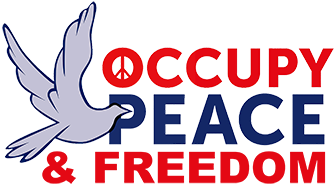Bloomberg) — Russia’s oil output is edging back toward pre-war levels, and a revival in large and small refineries scattered across the country is a major driver of the change.
The trend is another example — from rising oil-product exports to higher prices for Urals crude — of how Russia’s energy industry is adapting to trade restrictions imposed after its invasion of Ukraine. The country’s refiners were hit hard by the first wave of sanctions, with a knock-on effect on crude production, but they are enjoying “highly favorable” economics right now, said Mikhail Turukalov, Chief Executive Officer of Moscow-based Commodities Markets Analytics.
“Crude costs have nosedived thanks to a more expensive ruble and a wide discount of Urals to Brent,” Turukalov said. State subsidies for domestic fuel suppliers mean the government “is now doubling revenues from every ton of gasoline sold within Russia.”
This isn’t just a domestic concern for Russia. Oil watchers around the world are closely following oil-production trends in the country, which is a top-three crude producer. The initial disruption to its energy industry after the invasion of Ukraine contributed to a 50% jump in crude prices this year, pushing inflation higher and threatening recession.
The country’s ability to pump and sell oil may also determine whether it can keep prosecuting its bloody war in Ukraine, despite the efforts of Western powers to economically isolate Moscow.
Russia’s crude processing in the first 15 days of June jumped to 5.2 million barrels per day, the highest since March, according to data from the Energy Ministry’s CDU-TEK unit that was seen by Bloomberg. The nation’s average daily production from June 1 to 13 climbed 5.1% compared with average daily output for the whole of May, the data show. Oil exports to key foreign markets, which in spring offset some of the decline in demand from domestic refiners, have been roughly flat over the past several weeks, according to the data.
The growth in Russian refining may continue for the next two months, said Viktor Katona, head of sour-crude analysis at data and analytics firm Kpler. “Looking into July, we expect demand to hit 5.3 million barrels per day, implying even further run rate hikes over the upcoming weeks, only to reach the 2022 peak rate of 5.48 million barrels per day in August,” Katona said.
The recovery in Russian oil production will continue in the summer months, Deputy Prime Minister Alexander Novak said in an interview with Rossiya 24 TV.
Fuel Demand


Recent Comments